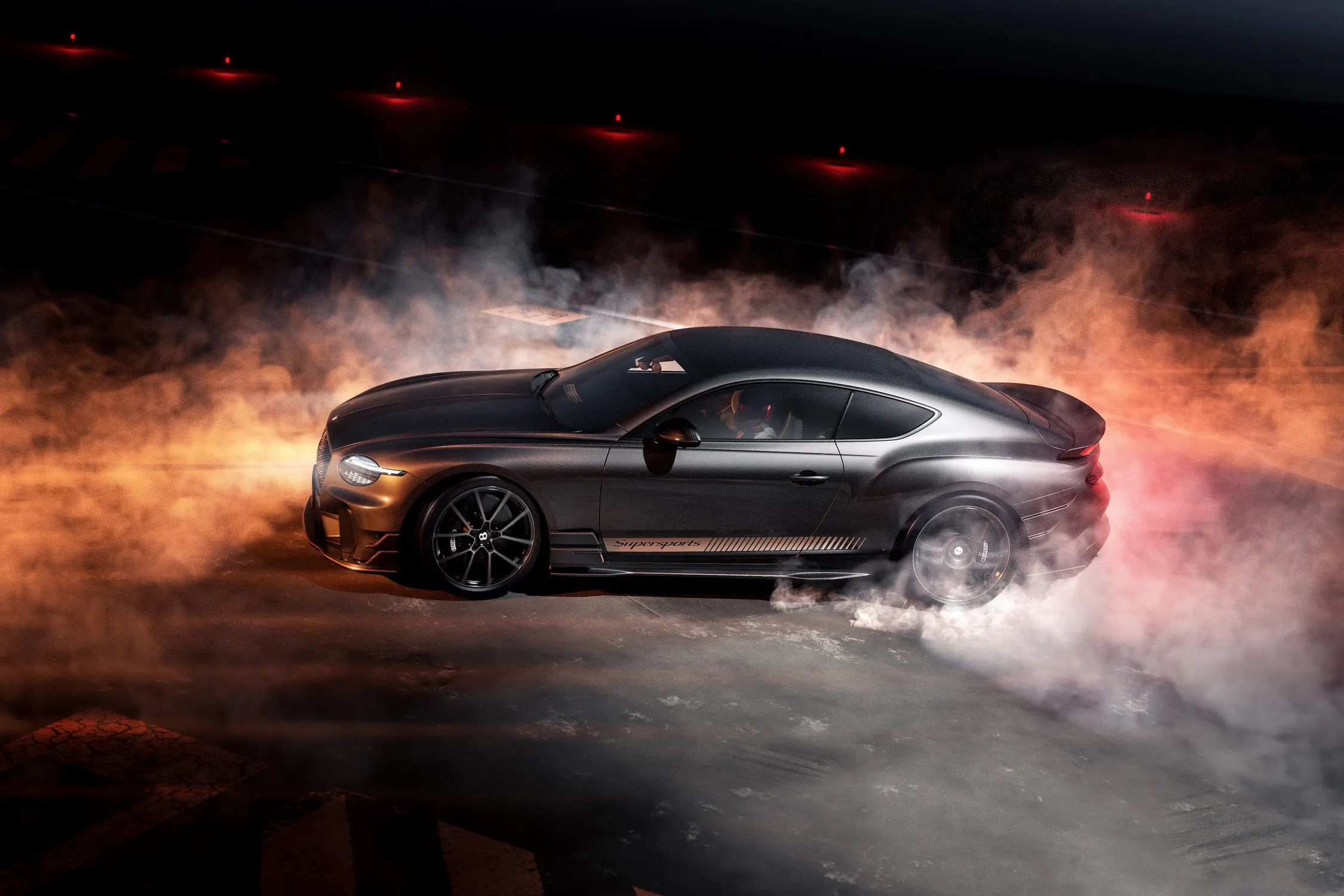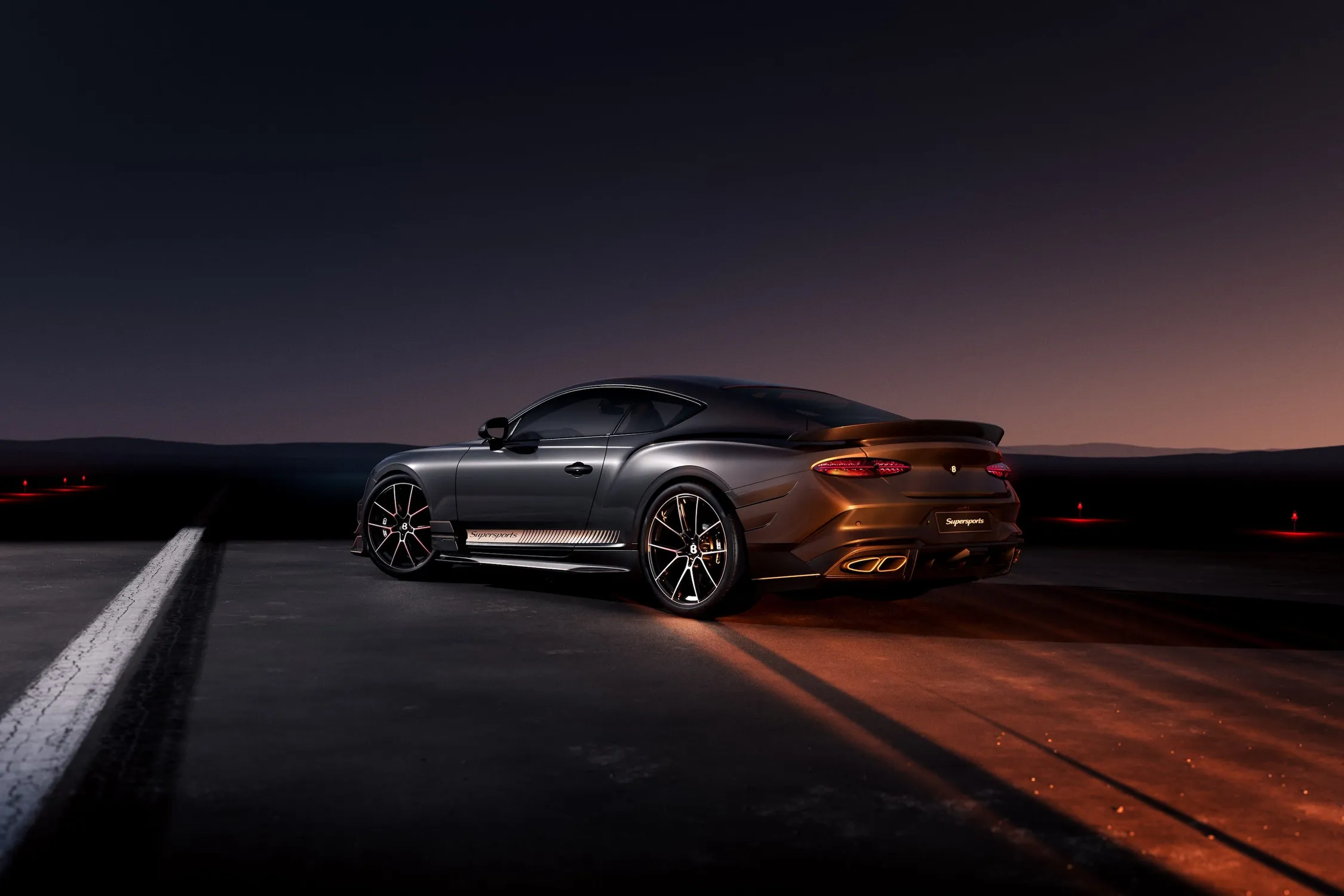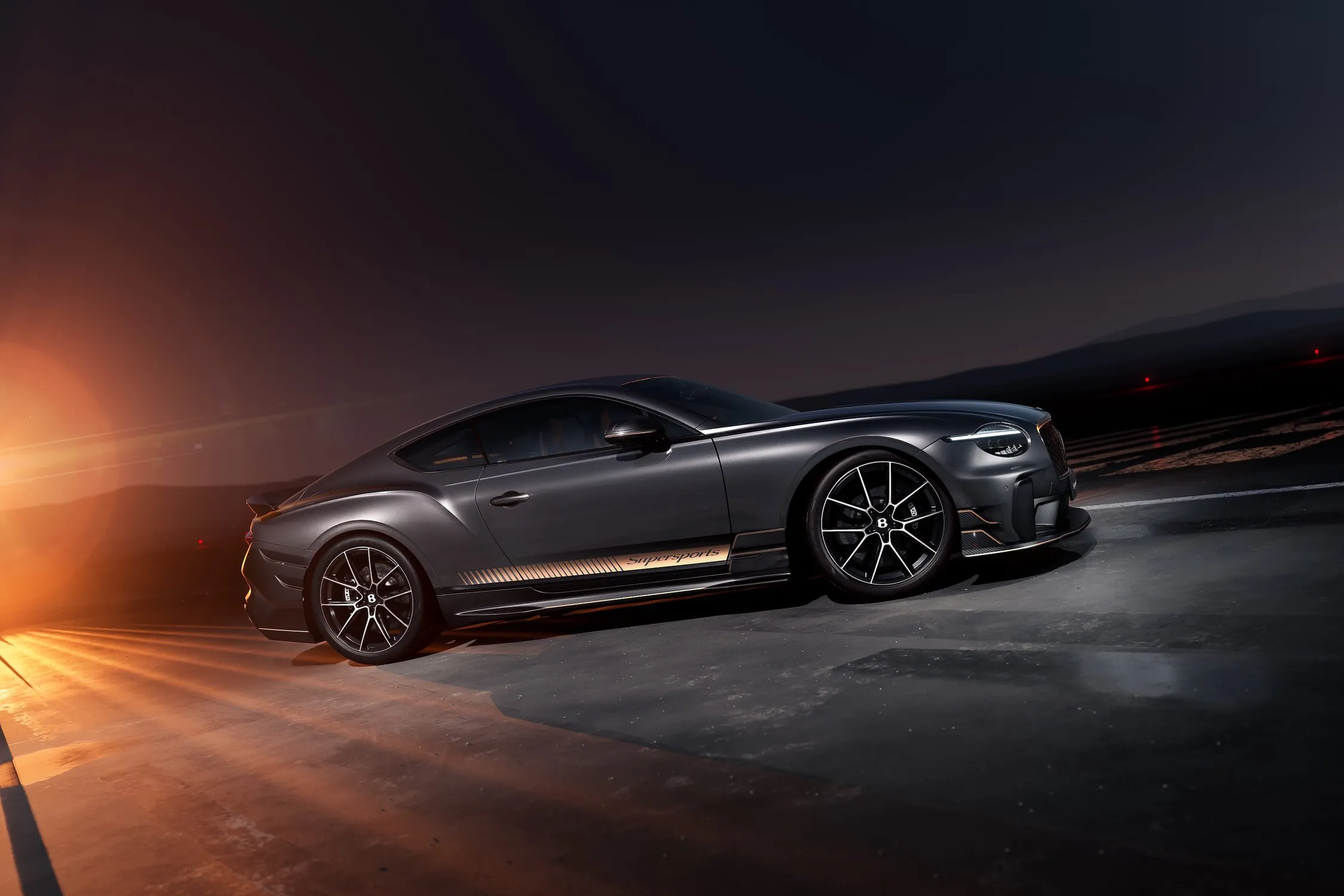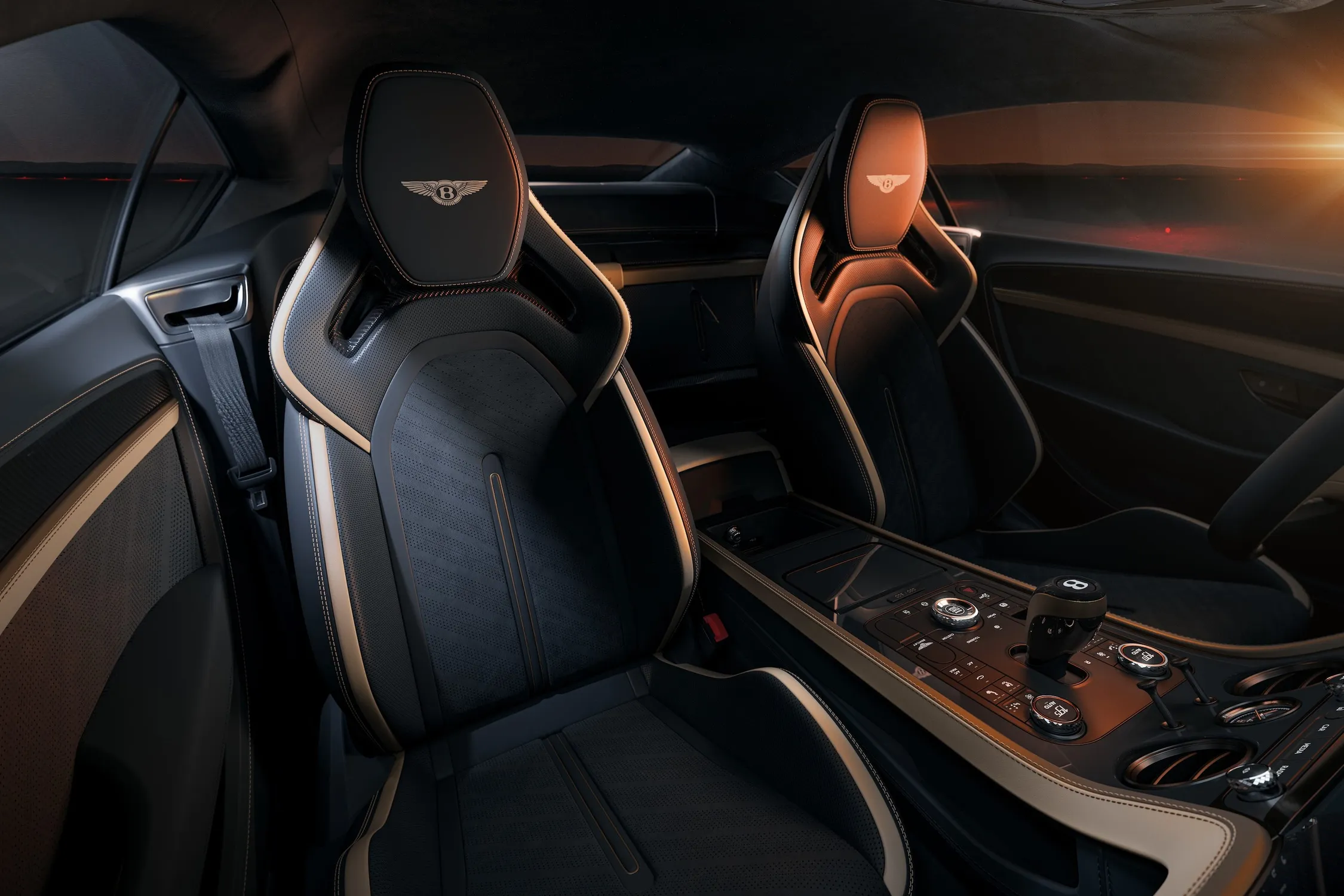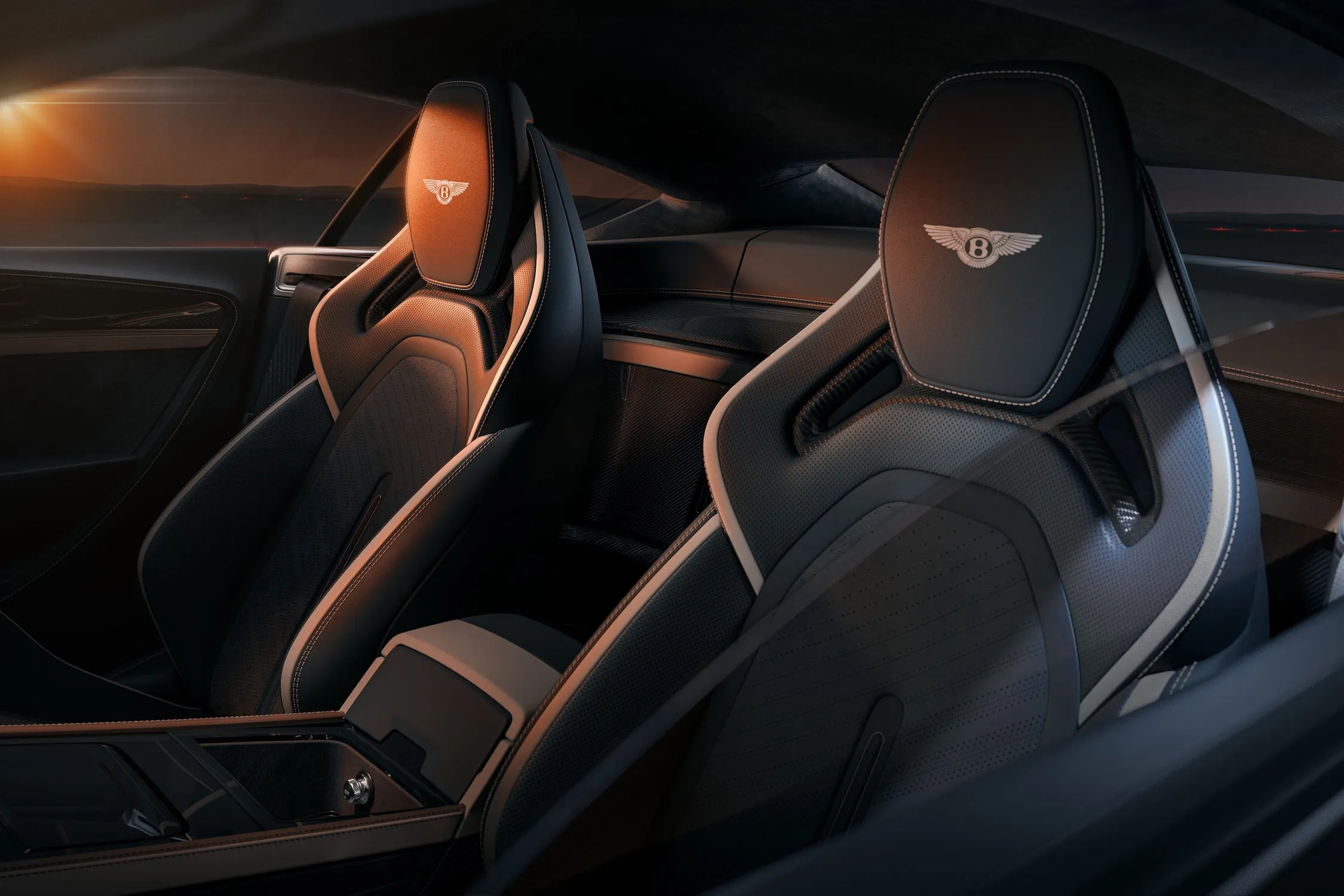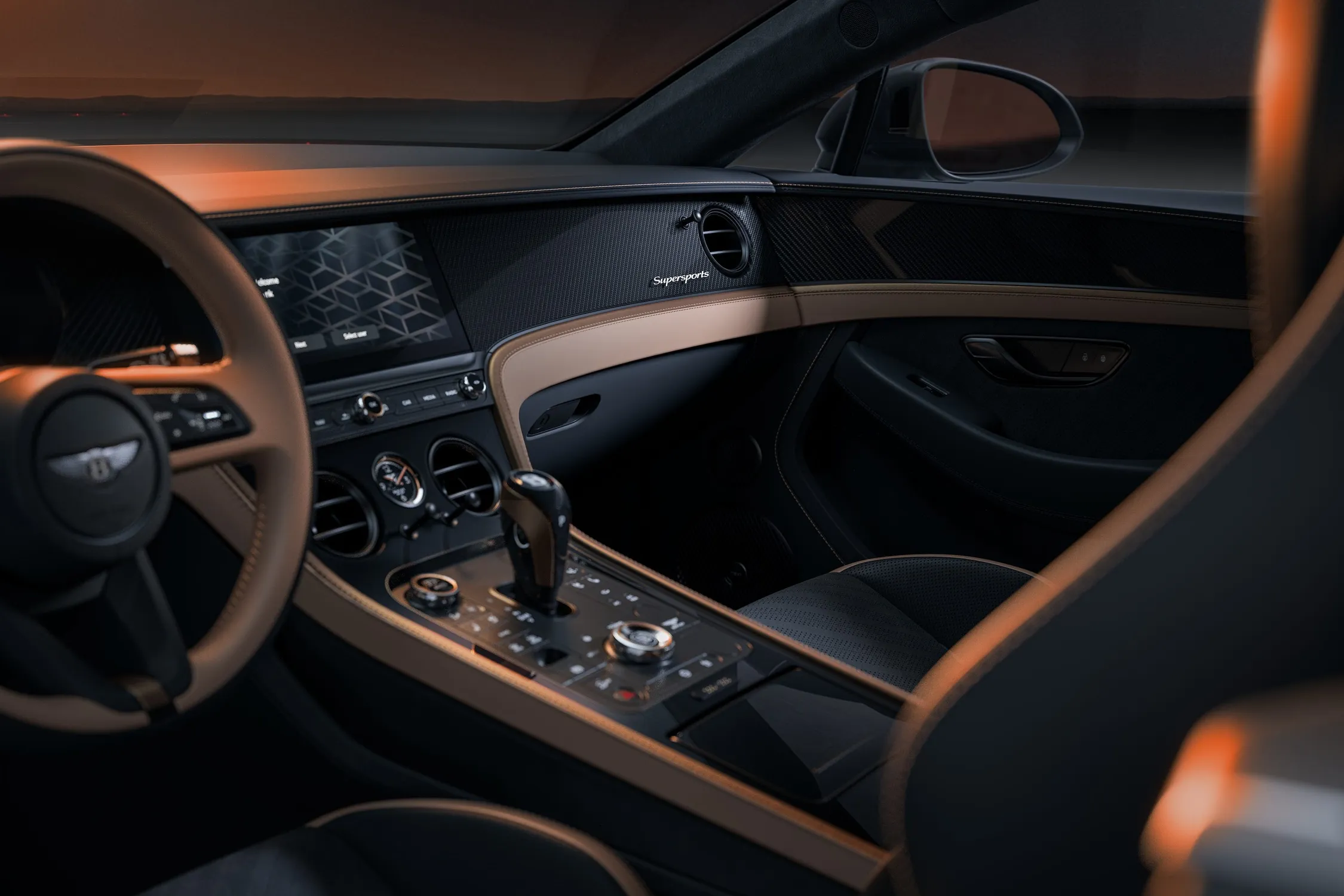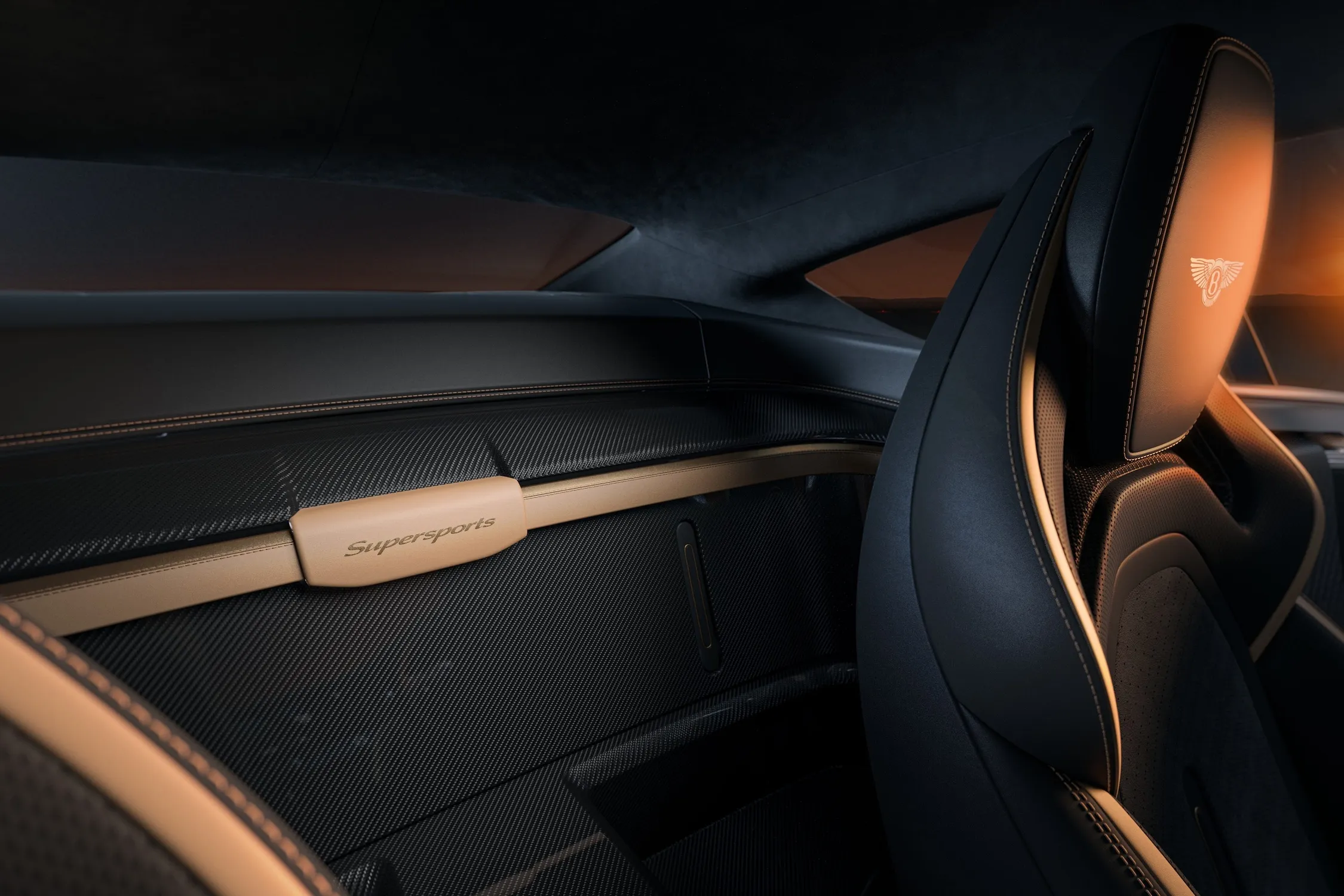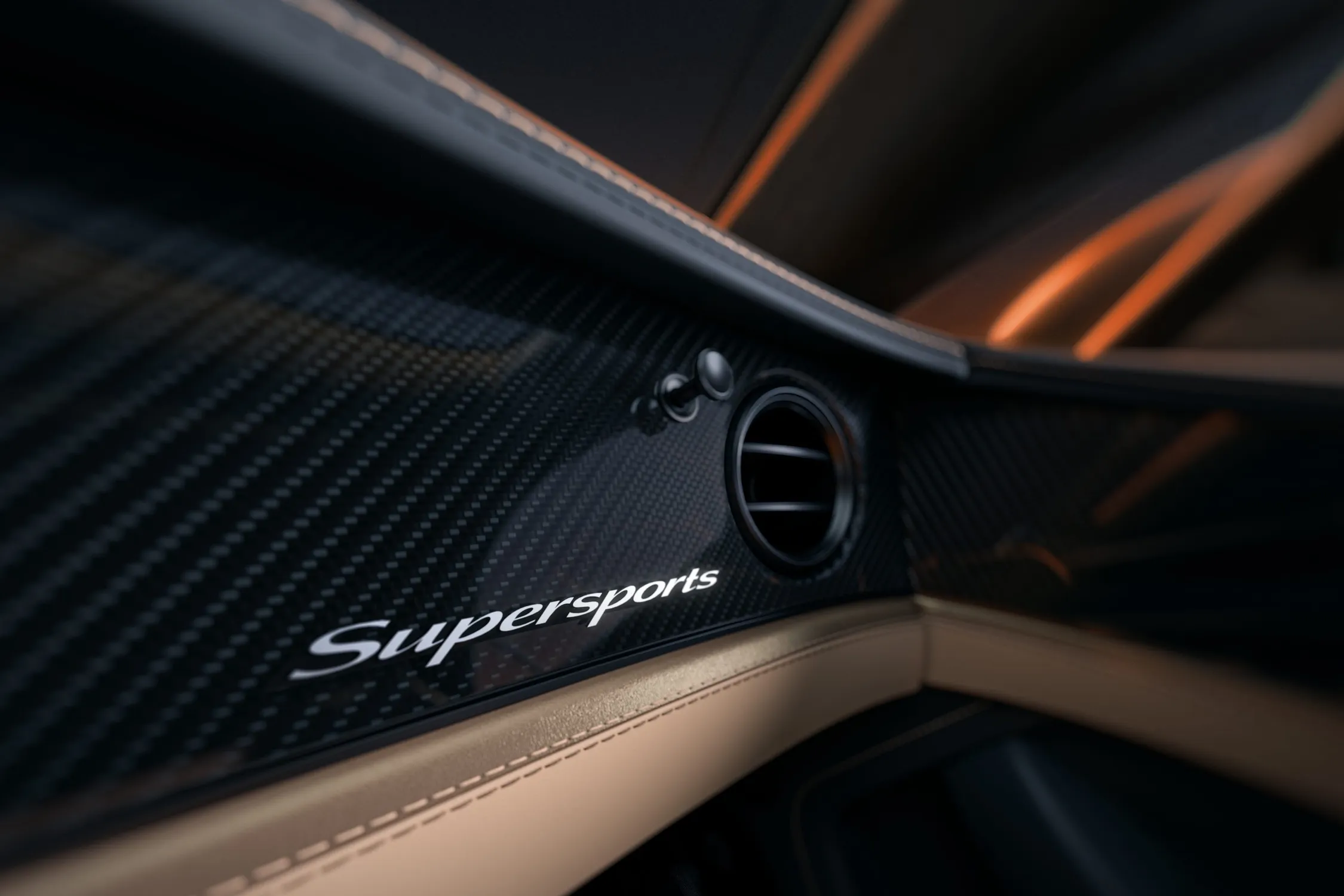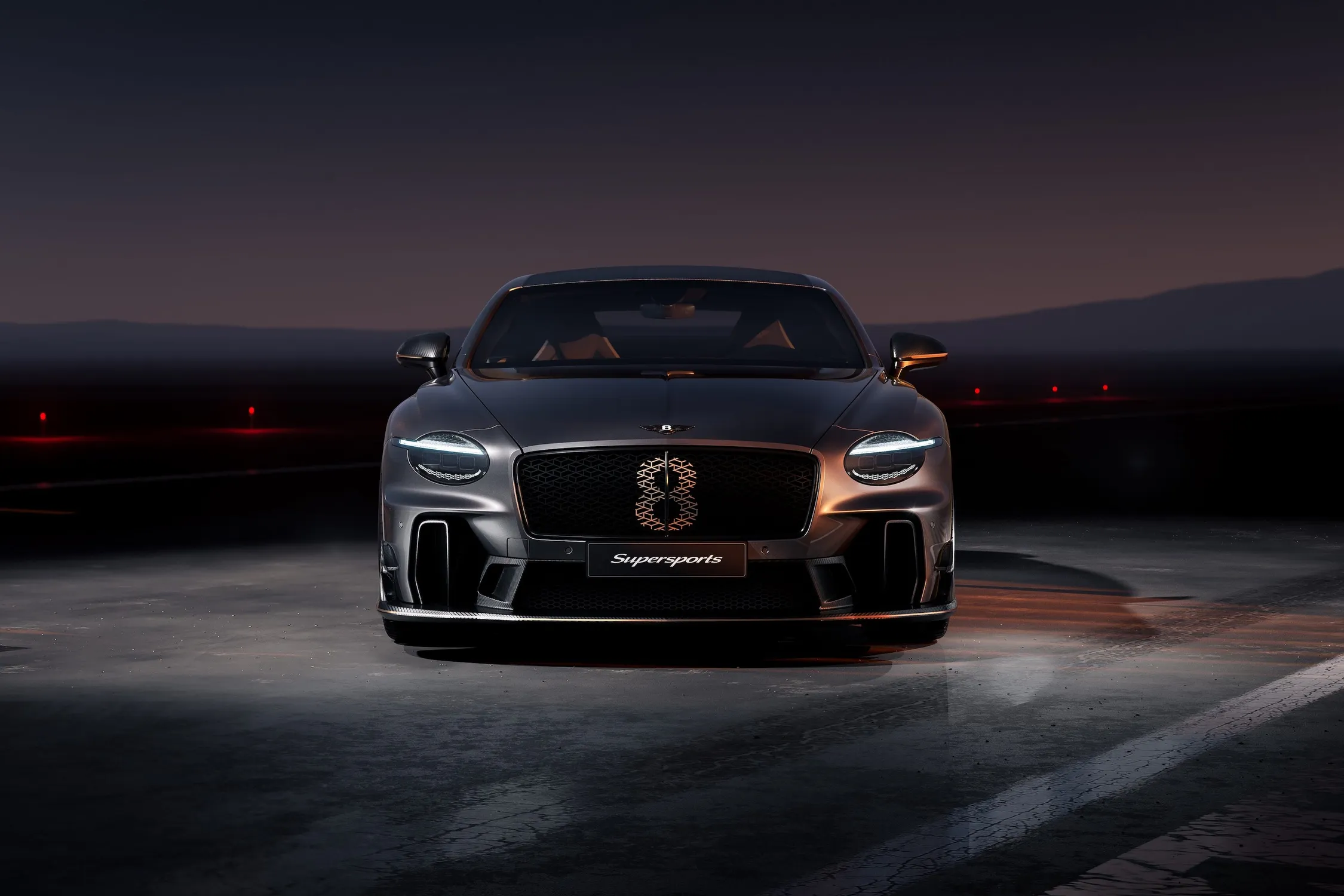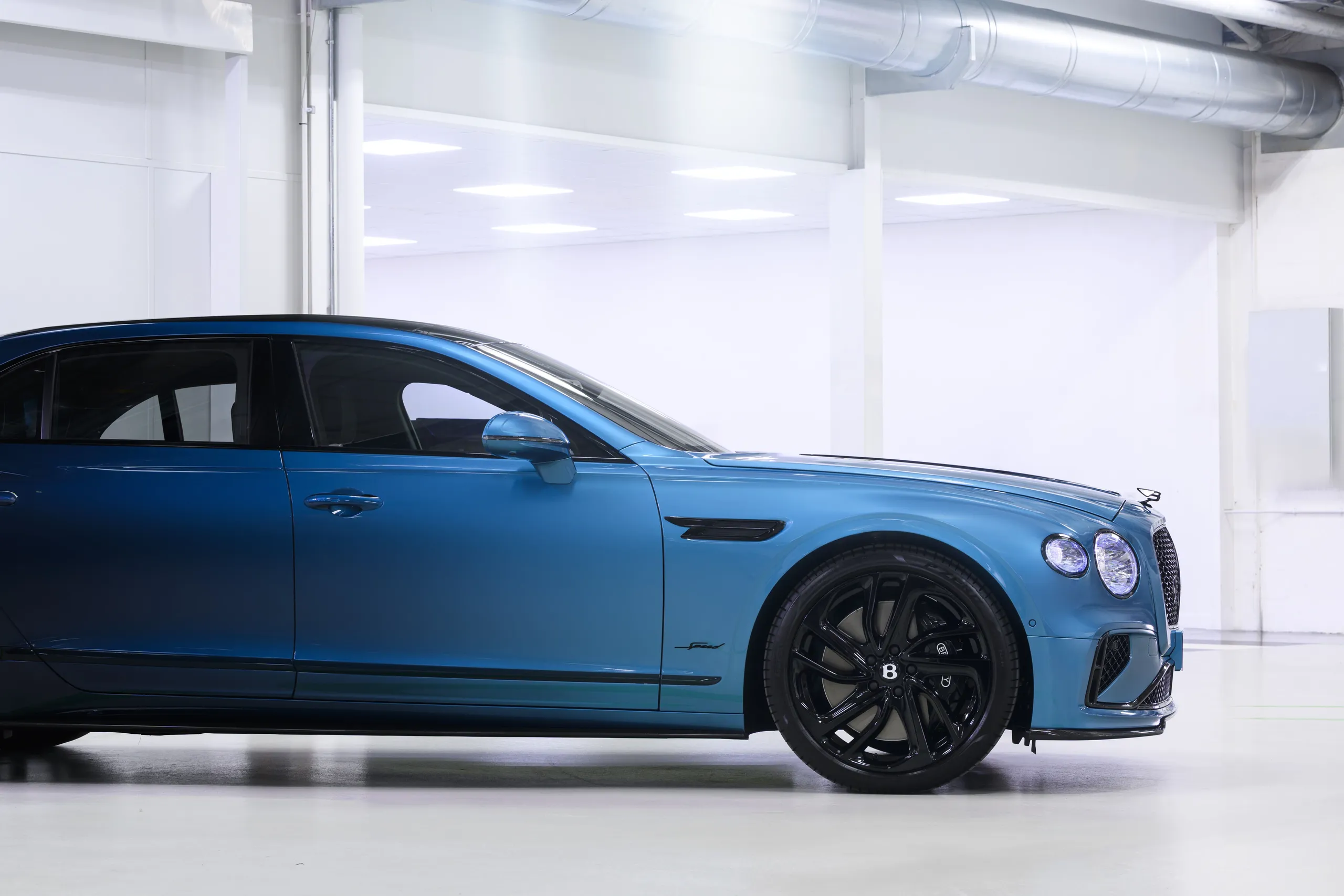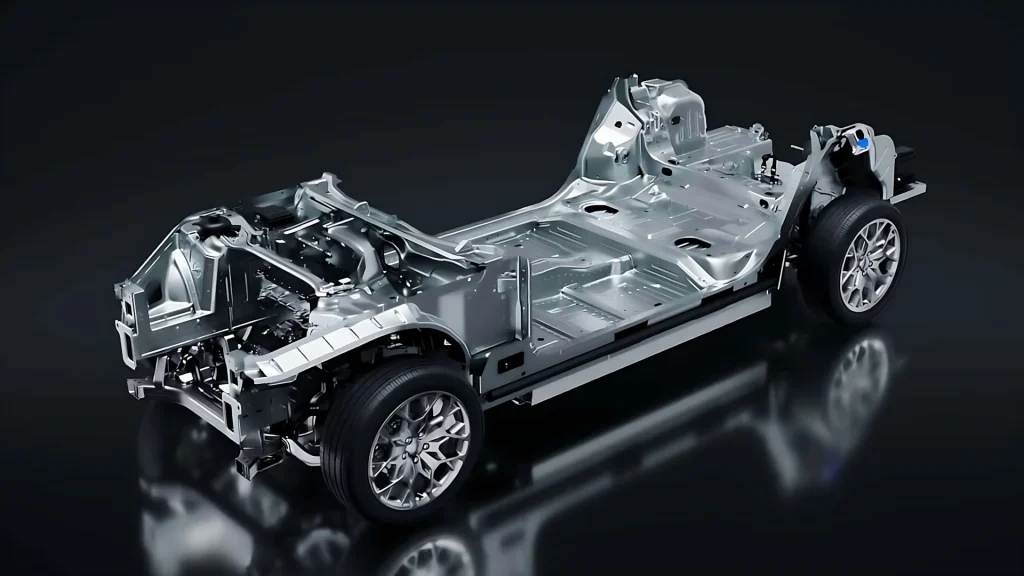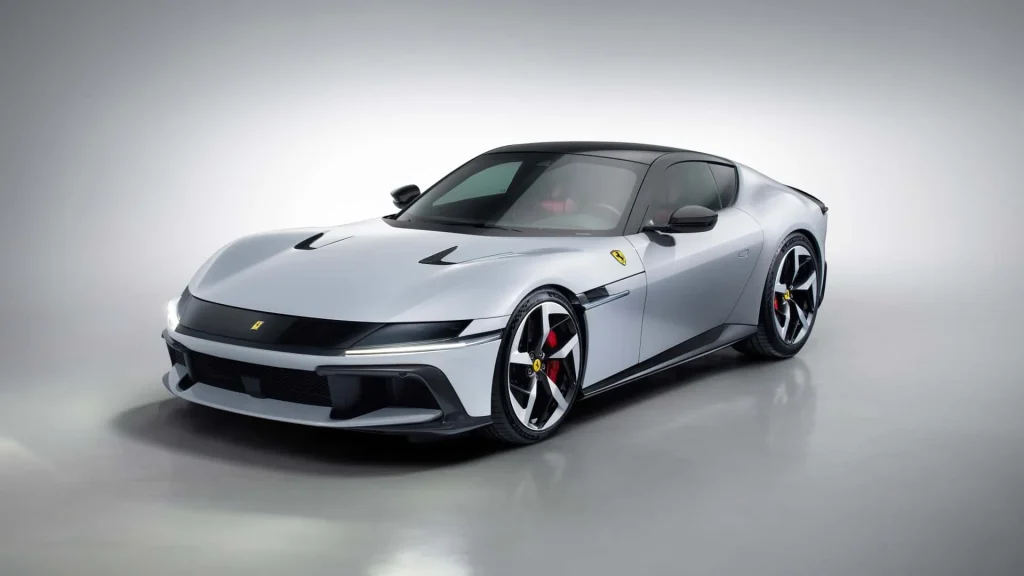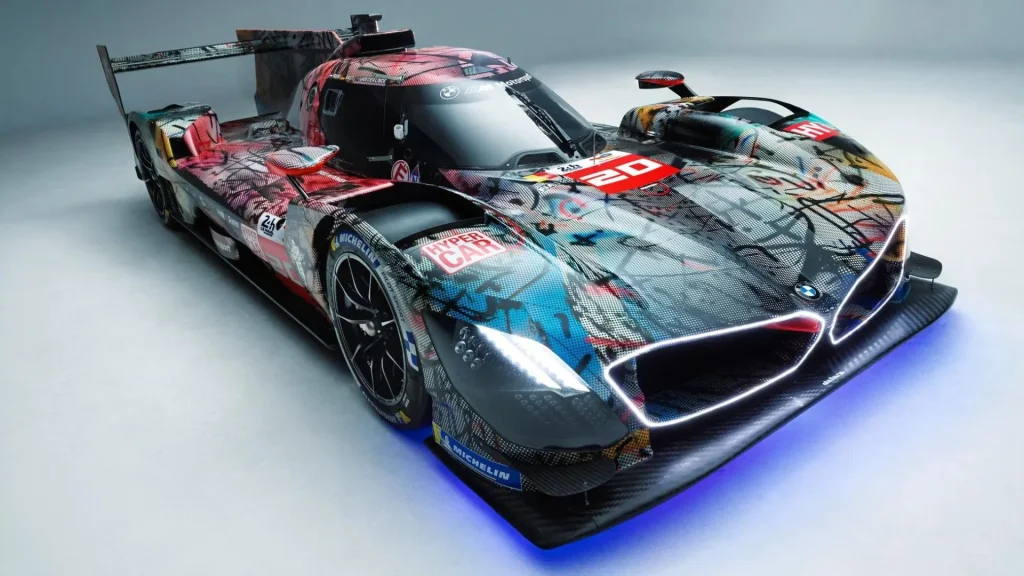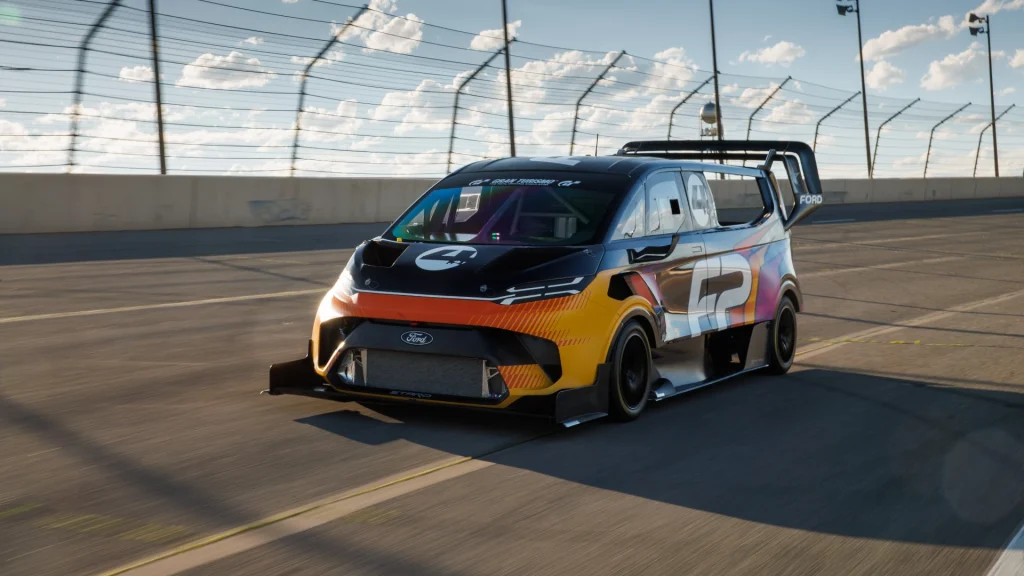The 2027 Bentley Continental GT arrives as a hybrid with 771 hp, but it’s the pure V8 Supersports that steals the show. Discover the radical turnaround.

The new 2027 Bentley Continental GT blends luxury, technology, and a twist for purists: the limited-edition Supersports abandons the hybrid system to deliver raw performance and driver connection.
Why the 2027 Continental GT is a Milestone — and Where the Supersports Fits In
In 2027, Bentley repositions its grand tourer: most of the lineup adopts a Plug-in Hybrid Electric Vehicle (PHEV) powertrain combining a 4.0-liter twin-turbo V8 with electric assistance, offering outputs from 671 to 771 horsepower, genuine electric efficiency, and the expected smoothness of a luxury car. However, the news that stirred collectors and enthusiasts was the arrival of the Continental GT Supersports, a limited edition of just 500 units that runs counter to electrification to recapture the pure internal combustion engine experience.
“The new Supersports signifies Bentley’s return to building more extreme cars—those that combine extraordinary breadth of capability with genuine driver engagement.” — Dr. Frank‑Steffen Walliser, CEO of Bentley.
While the PHEV models prioritize efficiency and surprising power figures—such as the 771 hp GT Speed achieving 0-60 mph in around 2.8 seconds—the Supersports focuses on lightness, feel, and dynamics. This changes the brand’s recipe: less electricity, more mechanical feedback.

Supersports: Technical Specifications and Radical Choices
The Supersports recipe is straightforward and aggressive: eliminate the hybrid system, cut weight, optimize the chassis and aerodynamics, and adopt track-derived solutions for a road-going GT.
| Feature | Value/Description |
|---|---|
| Engine | Naturally Aspirated 4.0 L Twin-Turbo V8 — 657 hp and 800 Nm |
| Drivetrain | Rear-Wheel Drive (RWD) — first time in the modern Continental GT |
| Weight | Under 2,000 kg (Approx. 4,400 lbs) — a reduction of ~500 kg vs. GT Speed PHEV |
| Transmission | Recalibrated 8-speed Dual-Clutch |
| Dynamic Performance | 0–62 mph (100 km/h) in 3.7 s, Vmax 192 mph (309 km/h), up to 1.3 G lateral |
Measures taken to reduce mass include a carbon fiber roof, removal of rear seats, absent hybrid battery/hardware, reduced sound insulation, and a reconfigured audio system optimized for two occupants. The result is a more agile Continental GT, featuring a rear track 16 mm wider, gigantic carbon-silicon-carbide brakes, and wheels developed in partnership with Manthey Racing—who also offers optional Pirelli Trofeo RS tires.
Sound, Steering, and Driving Experience
The Supersports features a titanium exhaust system in collaboration with Akrapovič, engineered for an authentic sound free from electronic gimmicks. The four-wheel steering and 48V active anti-roll bars remain but with exclusive calibration for sharper, more responsive behavior. For those seeking a GT that delivers thrill on winding roads—not just straight-line numbers—this recipe makes perfect sense. If you appreciate extraordinary chassis engineering, it’s worth checking out how other manufacturers are rethinking agility, as we explored in a profile of the Honda WN7 and its radical architecture.

Market, Pricing, and Geographic Positioning
The 2027 Continental GT launch follows a schedule with orders starting in March 2026, production concluding in late 2026, and deliveries beginning in early 2027. While the PHEV versions cover the spectrum of luxury and power—with estimated prices ranging from $250,000 for the base GT to $340,000 for the Mulliner—the Supersports debuts above $486,000, reinforcing its exclusive character.
- Availability: USA, UK, Europe, Canada, Australia, New Zealand, and select Middle Eastern and Asian markets.
- Production: Limited to 500 numbered units globally.
- Positioning: A model for enthusiasts and collectors who value driving feel and exclusivity.
Geographically, the choice to keep most of the line as PHEVs addresses legislation and preferences in European and North American markets that favor electrification and low emissions standards. Meanwhile, the Supersports caters to global demand for intense combustion machines—a move similar to that observed by brands that still create extreme, thermal versions alongside their electric offerings.
If you enjoy comparisons between super GTs and performance prototypes, the debate between raw power versus dynamic balance echoes recent stories of extreme models: see how Ford and its high-performance projects challenge expectations in analyses of the 2026 Ford GT.
Finally, the 2027 Continental GT—and especially the Supersports—reaffirms that the future of automotive luxury will come on two fronts: hybrid/electric technology for efficiency, and purist versions to keep the flame of the internal combustion engine alive. For readers who prefer hearing the engine before looking at the dashboard, the Supersports is the perfect provocation. And if you want to see how different brands balance luxury, power, and industrial crisis, don’t miss our analysis of Porsche’s recent challenges in a case that shocked the sector.
